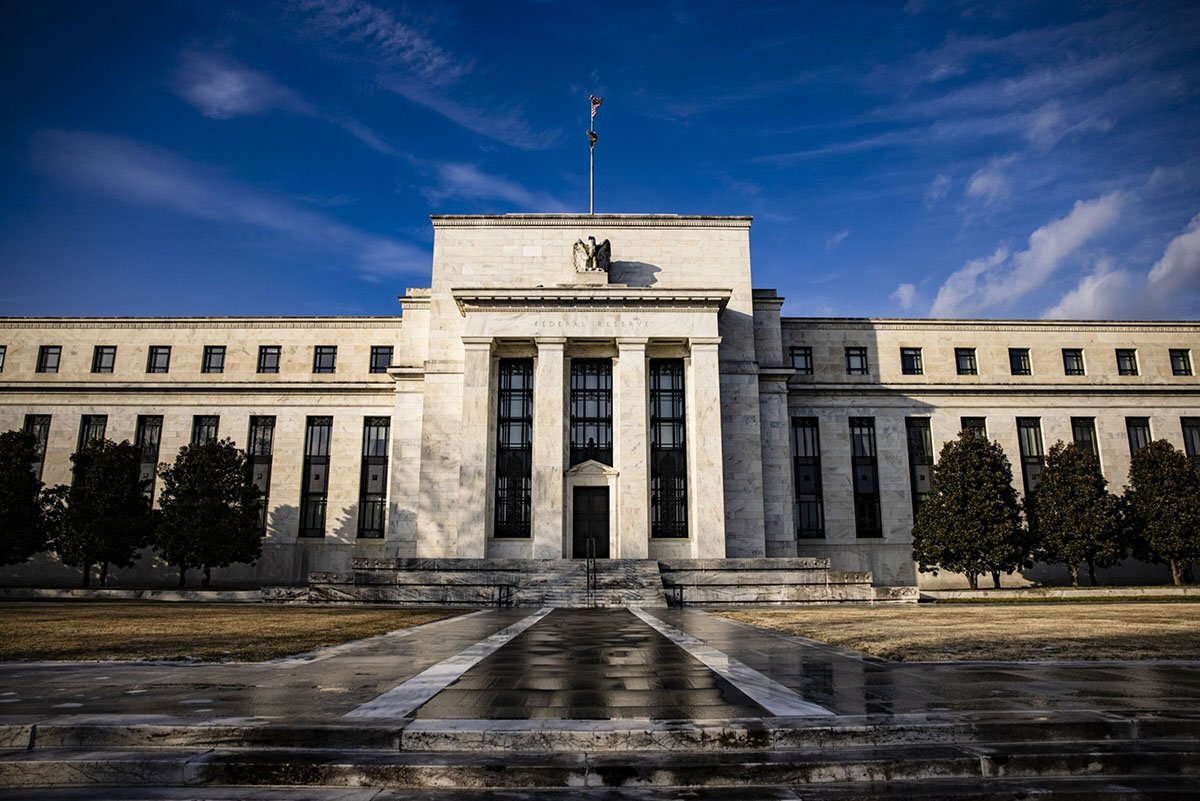Even though substantial progress has been made toward weaningthe global financial system off of LIBOR, markets have undervaluedthe risk that a zombie version of the vital benchmark will continueon, according to JPMorgan Chase & Co. strategists.
|Its overseer, the U.K. Financial Conduct Authority (FCA), saidtwo years ago that banks won't have to submit the data used tocalculate LIBOR starting in 2021. However, because there's noexplicit ban on submissions, JPMorgan suspects a smaller panel offirms may keep feeding it numbers, leaving the index in aproblematically undead state.
|"Though average zombie LIBOR levels may not differ much from abroader panel, there is a substantial risk of much highervolatility," strategists led by Joshua Younger wrote in a Sept. 6note subtitled "Too weird to live, too rare to die."
|The global financial system is mobilizing in anticipation of thebenchmark's demise. At last count, it underpins more than $350trillion of mortgages, loans, and derivatives around the world.Regulators have been steering market participants toward morerobust alternatives, such as the Secured Overnight Financing Rate(SOFR) in the United States.
|
See also:
- The Short Road from LIBOR's Death to'Armageddon'
- LIBOR's Looming Demise Is a Massive FinancialEngineering Task
- Schrodinger's LIBOR Refuses to Leave ItsBox
- Battle of the Benchmarks Continues
- LIBOR Replacement Contenders
|
The company that calculates LIBOR, Intercontinental ExchangeInc., will keep updating theindex if at least five banks contribute information. That meansit would still be around to tally cash flows and other features oflegacy contracts. "But its behavior could in principle changenotably relative to its current incarnation," according to theJPMorgan report.
|The strategists analyzed LIBOR data from 2014 to 2016, leadingthem to estimate a 90 percent probability that the index would'vestayed within 1 basis point (bps) of actual levels back then, hadthe group of participating banks dropped to only six. However, in10 percent of cases, a six-member panel would've caused up to 50percent more daily volatility than a 15-bank group.
|Zombie LIBOR may also create "more acute and long-lived feedbackloops" where higher rates fuel a "self-perpetuating cycle" and endup pushing front-end rates much higher or lower than they wouldhave with a different LIBOR panel," the strategists concluded.
||
|
Copyright 2019 Bloomberg. All rightsreserved. This material may not be published, broadcast, rewritten,or redistributed.
Complete your profile to continue reading and get FREE access to Treasury & Risk, part of your ALM digital membership.
Your access to unlimited Treasury & Risk content isn’t changing.
Once you are an ALM digital member, you’ll receive:
- Critical Treasury & Risk information including in-depth analysis of treasury and finance best practices, case studies with corporate innovators, informative newsletters, educational webcasts and videos, and resources from industry leaders.
- Exclusive discounts on ALM and Treasury & Risk events.
- Access to other award-winning ALM websites including PropertyCasualty360.com and Law.com.
*May exclude premium content
Already have an account? Sign In
© 2024 ALM Global, LLC, All Rights Reserved. Request academic re-use from www.copyright.com. All other uses, submit a request to [email protected]. For more information visit Asset & Logo Licensing.







